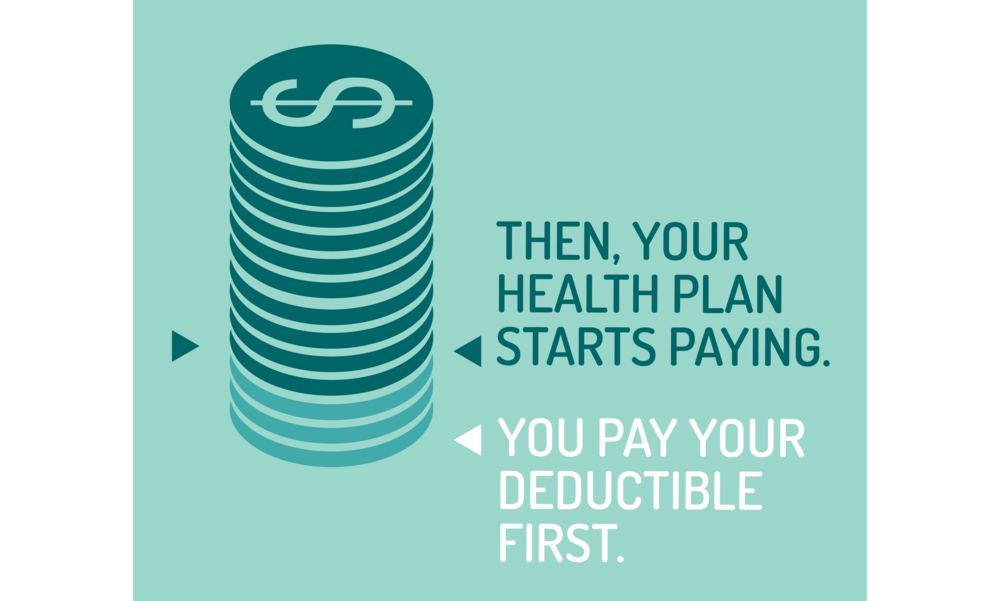If you’ve been following along with our Understanding your Insurance series, you can consider yourself well-versed  on the basics of healthcare coverage as well as what it means to be in or out-of-network. We will be taking you down another step into some of the costs involved with carrying insurance and utilizing healthcare. Premiums, Deductibles and Copays are really the nuts and bolts of every healthcare plan and something you will need to consider prior to every visit. We will break all 3 down for you here:
on the basics of healthcare coverage as well as what it means to be in or out-of-network. We will be taking you down another step into some of the costs involved with carrying insurance and utilizing healthcare. Premiums, Deductibles and Copays are really the nuts and bolts of every healthcare plan and something you will need to consider prior to every visit. We will break all 3 down for you here:
Premiums
You (or your employer) are most likely paying a monthly premium in order for you to have your healthcare coverage (it is your ‘monthly payment’). This premium does not factor into your deductible or health expenses at all. It is simply the amount of money you need to pay per month to keep yourself covered under a healthcare plan. So let’s say you are paying a $500/month premium. You will pay that amount regardless of whether you go to the doctor or not. Many times, you will pay a higher premium for a lower deductible (discussed next). In addition, your premium amount usually increases from year to year.
Deductibles
 In its simplest form, a deductible is the amount of money you are required to pay for health care services before your health insurance begins to pay. So if your plan has a $5,000 deductible that means for most services you will pay 100% of your medical and pharmacy costs until the amount you reach $5000.
In its simplest form, a deductible is the amount of money you are required to pay for health care services before your health insurance begins to pay. So if your plan has a $5,000 deductible that means for most services you will pay 100% of your medical and pharmacy costs until the amount you reach $5000.
Let’s say you need to go in to the doctor because you think you might have the flu. Your doctor may charge $200 for that office visit. Therefore, you will pay $200 out of pocket and that will be deducted against your $5000 deductible. Therefore, you will have $4800 additional to spend before you have hit your deductible amount and your insurance will begin paying for your medical costs (this is called coinsurance and will be discussed in Part 4).
One thing to keep in mind is that deductibles for individuals vary from those for families. Sometimes you will have a family deductible where you combine all of the costs for your family and those all go towards one deductible. In other cases, each family member may have their own deductible that needs to be met before coinsurance kicks in. Make sure to consult your plan to determine which kind of deductible you have.
Copays
A copay (copayment) is a flat fee that you pay each time you go to the doctor or fill a prescription. Your copay amount is usually printed right on your insurance card. Not every plan has copays so check to see if your plan does or does not. More often than not, your copay does not go towards your deductible, so you may want to avoid a copay plan if you think you may have frequent office visits or have to fill many prescriptions. However, that all depends on the type of coverage you have. Some copay plans do not require you to pay a copay if they cover 100% for annual check-ups or preventative services. You also do not have to pay copays once you hit your out-of-pocket maximum. (More of out-of-pocket maximums in our next installment.)
While these 3 items are important in understanding what your up-front costs are going to be, there is still coinsurance and out-of-pocket maximums to consider before your payment for healthcare days are over. We will look at these 2 aspects of health coverage next month
Category: Uncategorized


